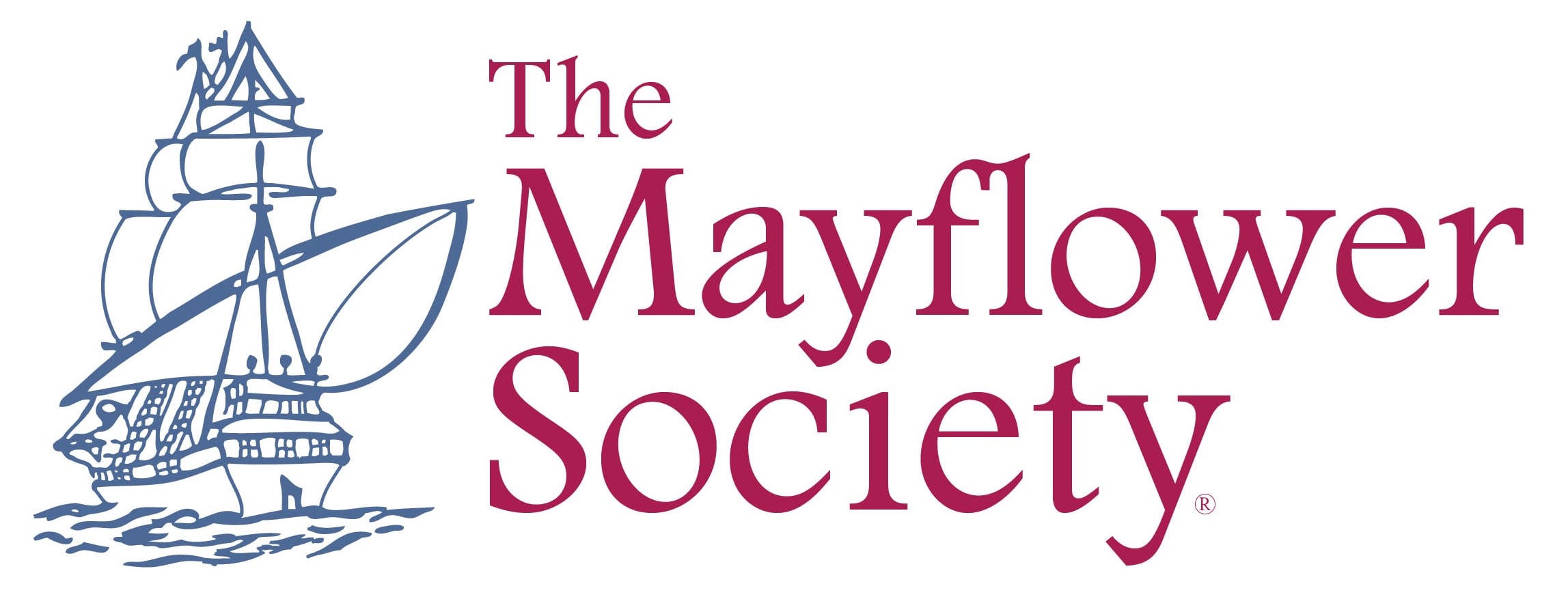Thanksgiving Activities
Sports and Leisure
Football
American Football, like turkey and parades, has become a tradition associated with Thanksgiving. From high school and college teams, to professional teams like the Detroit Lions and Dallas Cowboys, Thanksgiving football games have become an annual tradition. Football in the 17th century, however, was quite different from the game we know today. 17th century football more closely resembled a combination of soccer, rugby, and depending on where it was played, a brawl. The more formal versions of football were physical and dangerous but confined to a set field with set teams and goals and often played at university. The other more violent version of the game, sometimes referred to as “Mob Football” usually involved massive teams, with the game often being played between neighboring villages or different sections of a larger town. The goals were often miles apart and the game might range throughout a town, with the only rules seeming to be, no murder or manslaughter. As might be expected this version of the game resulted in many injuries, damaged property, and was generally disliked or forbidden by local magistrates. Both versions of the game used a ball, usually made from an inflated pig’s bladder.
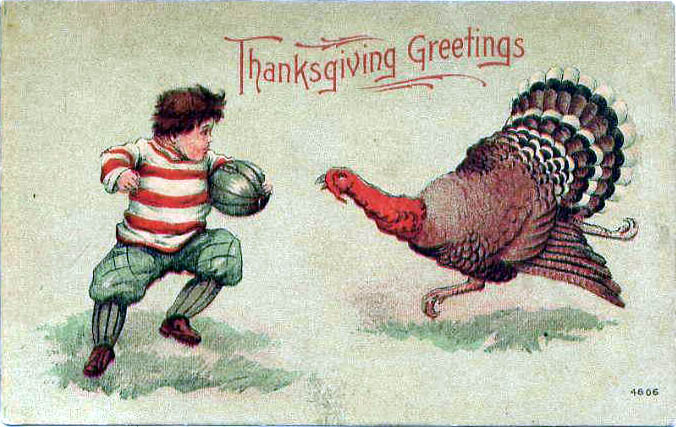
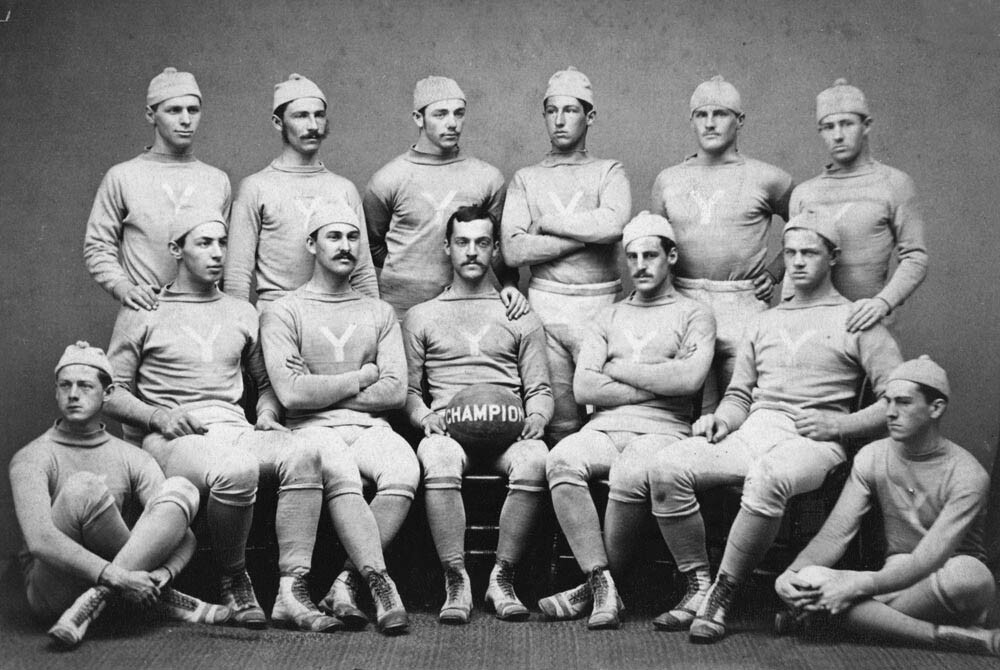
Stool-Ball
While writers as far back as the 15th century have referred to a game called Stool-Ball there doesn’t seem to be one definitive description of how the game was played. Depending on the version one reads, the game contains elements that sound like cricket, baseball, volleyball, musical chairs, and dodgeball. No matter the version of the game, Stool-Ball seems to be a game that was played by both men and women, and often at the same time. Therefore Stool-Ball shows up in many contemporary sources as a game played when people were courting one another. Since it was chiefly seen as a rustic country game there were countless variations of the game from village to village.
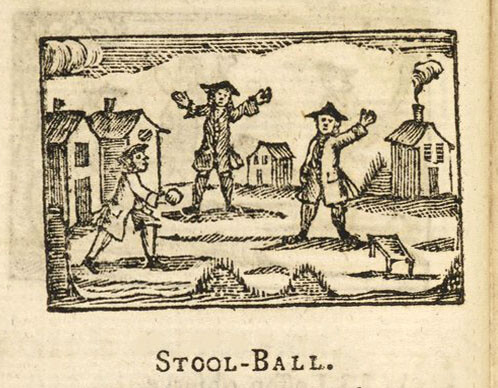
“Stool-ball is frequently mentioned by the writers of the three last centuries, but without any proper definition of the game. I have been informed that a pastime called stool-ball is practised to this day in the northern parts of England, which consists simply in setting a stool upon the ground, and one of the players takes his place before it, while his antagonist, standing at a distance, tosses a ball with the intention of striking the stool, and this it is the business of the former to prevent by beating it away with the hand, reckoning one to the game for every stroke of the ball; if, on the contrary, it should be missed by the hand and touch the stool, the players change places; the conquerer at this game is he who strikes the ball most times before it touches the stool. I believe the same also happens if the person who threw the ball can catch and retain it when driven back, before it reaches the ground.”
–Joseph Strutt: The Sports and Pastimes of the People of England c.1801
Here is one description of the game as it could have been played during the time of the Pilgrims:
Things needed to play:
- A ball. Traditionally a small to medium sized leather ball.
- A level playing field with enough room to throw and hit a ball.
- A stool or similar object to act as a goal.
- At least two players.
Rules:
- Set up a stool on the ground.
- One player (the Defender) stands in front of the stool and the other player (the Thrower) stands 10 – 20 feet from the stool depending on your desired difficulty.
- The Thrower pitches the ball underhand and tries to strike the stool. The Defender must hit the ball with their hand, to prevent the ball from striking the stool.
- If the Defender is successful, they get a point.
- If the Thrower either hits the stool or catches the ball in the air after the Defender hits it then the players switch roles.
- The player with the most points after one rotation wins.
Riddles
In the 17th century riddles were something used to entertain not only children but adults as well. Riddles were seen as a way to exercise a person’s intellect, entertain and to pass the time. The writing of riddles became a form of poetry, with rhyming schemes and set structure. There were riddle books published throughout the century and they often contained lessons and morals paired with the riddles.
Here are three riddles to test your wit and to try around your table this Thanksgiving:
I am the first o’th’ place, (thats plain and white)
And last off, i’th’ day-time & i’th’ night.
My company of different shapes are plac’t,
In order where th; Antagonists make haste
To draw their Weapons on us, and do cut
And mangle us, till they reveng’d are: but
‘Tis I that bear the brunt of this hot fray;
If I am absent, they’ll no longer stay.
Their Weapons then they’ll sheathe, thinking it best
Not without me to struggle with the rest.
Bread
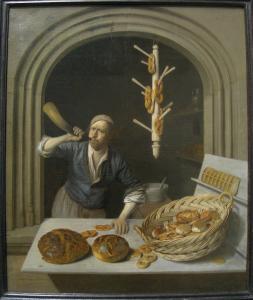
Her body’s sound, her brave attire’s compleat;
And her Attendants all are small & great.
Two friends she hath, by whom she seeks her chance;
The one supports, the other doth advance
Her in her progress: but they both at last
Her enemies turn, and she in danger’s cast.
Her hope was firm, her strength did not decay,
Though those two friends did trouble her night & day.
She was directed by her little Guide
In that her great distress, to turn aside
Unto a place, to which she was address,
Where she with her Attendants took their rest.
A Ship
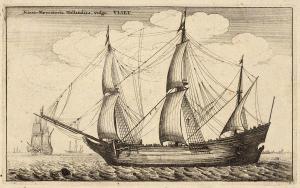
I Ride without Saddle on a thing
That hath no legs nor bones, yet thus stradling,
Am thereon stately mounted, to the end
I may two friends (that are decay’d) befriend.
Wherefore, when I before them do appear,
That which to them seems doubtful, I make clear.
Now when this business I have thus begun,
I’ll not dismounted be till I have done:
Then shall I to my Lodging be convey’d,
Till I in this kinde am again employ’d.
Spectacles
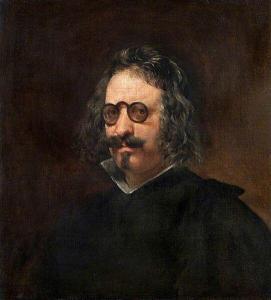
17th Century Handwriting
A fun way to spruce up a Thanksgiving invitation or place card is to write them in 17th century handwriting. There are lots of different scripts and styles in use in the 17th century but this example will use William Bradford’s handwriting as there are abundant examples and it’s a bit easier to recreate than some of the fancier handwritings of the day.
Here is a passage from William Bradford’s Of Plimoth Plantation.
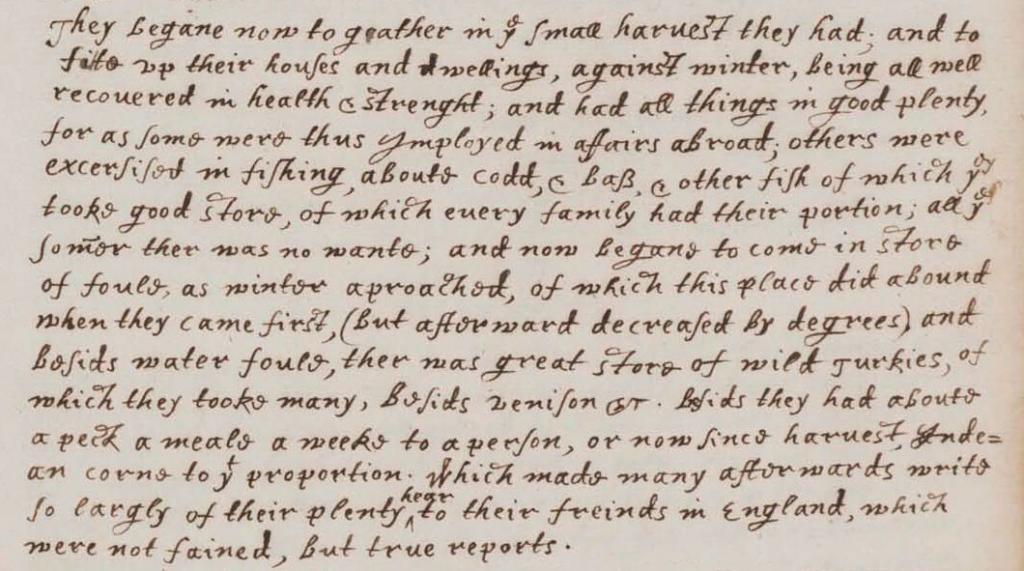
Notes:
Spelling in the 17th century was not as formalized as it is today. Most words were spelled out phonetically, and their spelling could change even in the same sentence. For example in the above paragraph Bradford writes summer as somer.
Likewise, punctuation and capitalization were less defined, as is evident in the example paragraph which contains a lengthy run on sentence.
Another thing to note is the use of yt and ye. These are abbreviations for That and The respectively. Their use is derived from the letter called a Thorn (þ) which had mostly fallen out of use by the Pilgrims time, except in abbreviations of words that start with the (th) sound, especially The. Thus “Ye Old Tavern ” should be pronounced “The Old Tavern.” Superscript could be used with other letters as well to form abbreviations, such as wch (which), or Govr (Governor).
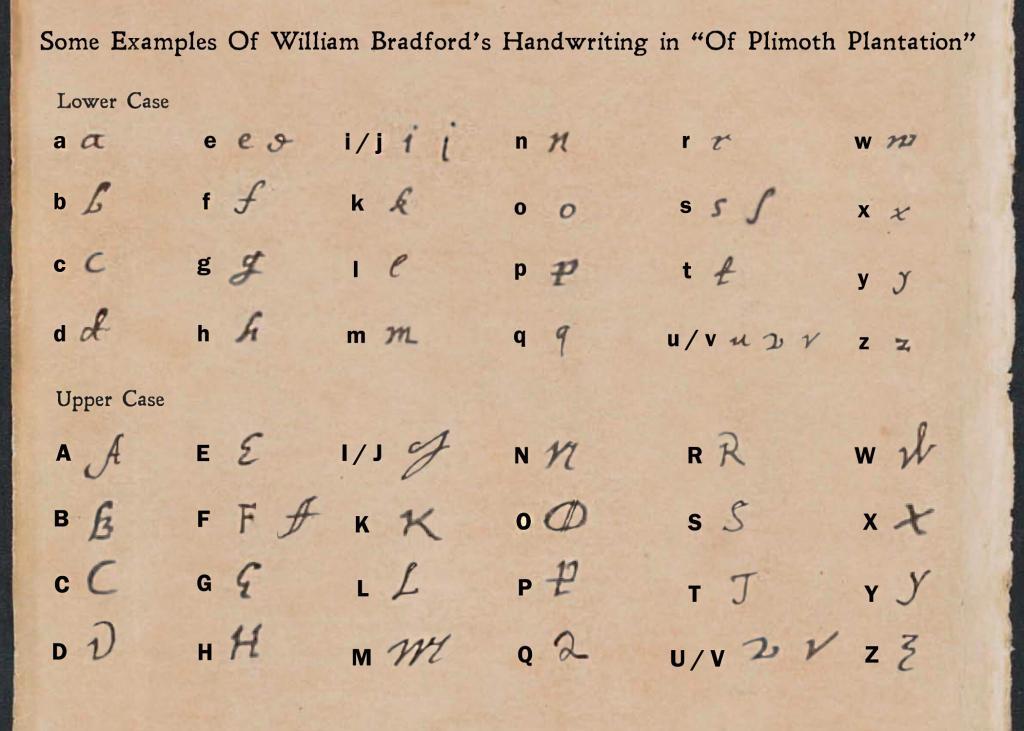
History
Learn about the history of Thanksgiving from 1621 to 2021
Food / Recipes
17th century recipes for your Thanksgiving meal
